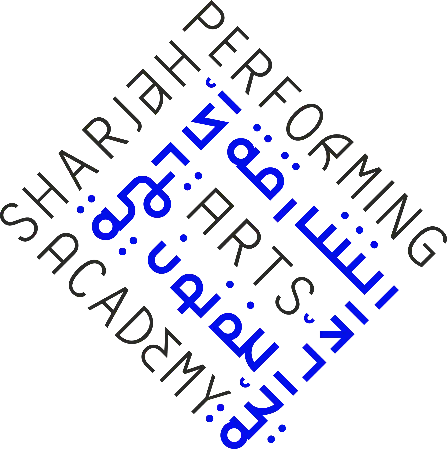Voice as art : from theatre to forensics / Richard Couzins.
Material type: TextSeries: Routledge voice studiesPublisher: New York : Routledge, 2022Edition: First EditionDescription: 170pages; 21 cmContent type:
TextSeries: Routledge voice studiesPublisher: New York : Routledge, 2022Edition: First EditionDescription: 170pages; 21 cmContent type: - text
- unmediated
- volume
- 9780367367510
- 9781032225630
- 302.23 23
- N8257.5 .C68 2022
| Item type | Current library | Call number | Status | Barcode | |
|---|---|---|---|---|---|
 Books
Books
|
SPAA Library General Collection | N8257.5 .C68 2022 (Browse shelf(Opens below)) | Available | 0007848 |
Browsing SPAA Library shelves, Shelving location: General Collection Close shelf browser (Hides shelf browser)


|


|


|


|


|


|


|
||
| N8217.C63 R53 2017 Clothing art : the visual culture of fashion, 1600-1914 / | N8217.E88 P37 2018 Orientalist lives : western artists in the Middle East, 1830-1920 / | N8217.F33 M53 2020 Reading fashion in art / | N8257.5 .C68 2022 Voice as art : from theatre to forensics / | N8259 A78 2012 The art of walking : a field guide / | N8354 R39 2019 Close to the Bone | N8530 .M53 2009 Green guide for artists : nontoxic recipes, green art ideas, & resources for the eco-conscious artist / |
Includes bibliographical references and index.
"Voice as Art considers how artists have used human voices, since they became reproducible and entered art discourse in the twentieth century. The discussion embeds artworks using voices within historical and theoretical contexts in a comparative overview arguing that reproduction caused increased creativity moving from acting to creating phonic materials framed by phenomenological deep listening by early video and performance to the plurality and sampling of postmodernism and the multiple angles of contemporary forensic listening. This change is an example of how artistic practice reveals the ideologies of listening. Using a range of examples from Hugo Ball, Martha Rosler, Vito Acconci, Bruce Nauman, Janet Cardiff, and Mike Kelley through to contemporary practice by Shilpa Gupta, The Otolith Group Elizabeth Price the voice is tracked through modernism and postmodernism to posthumanism in relation to speaking subjects, sculptural objects, documents, dramaturgical utterance, forensic evidence, verbatim techniques, and embodied listening. This book gives artists, researchers, and art audiences ways to understand how voices exist in between theoretical discourses and how with their utterance's artists create new dispositions in space by reworking genres to critique cultural form and meaning. It will be of great interest to students and practitioners of sound art, visual culture and theatre and performance"-- Provided by publisher.
There are no comments on this title.

